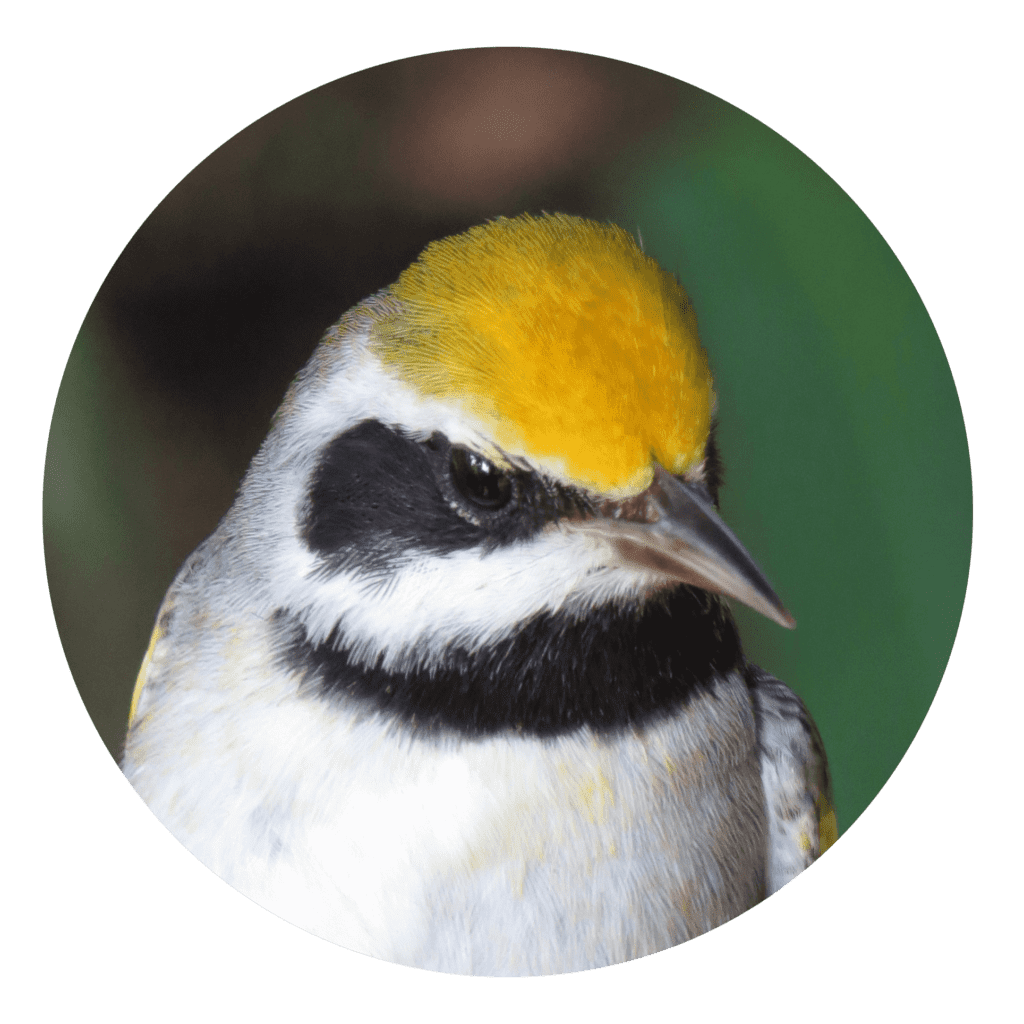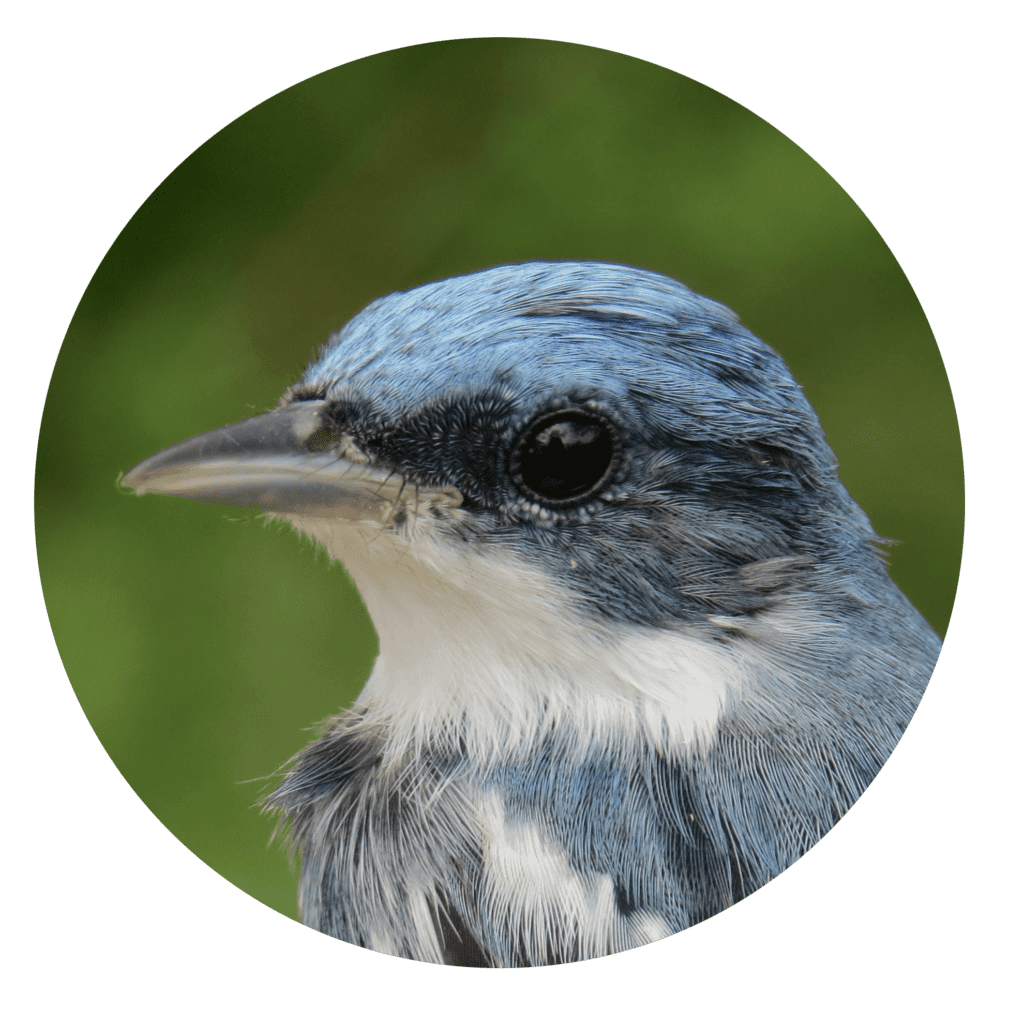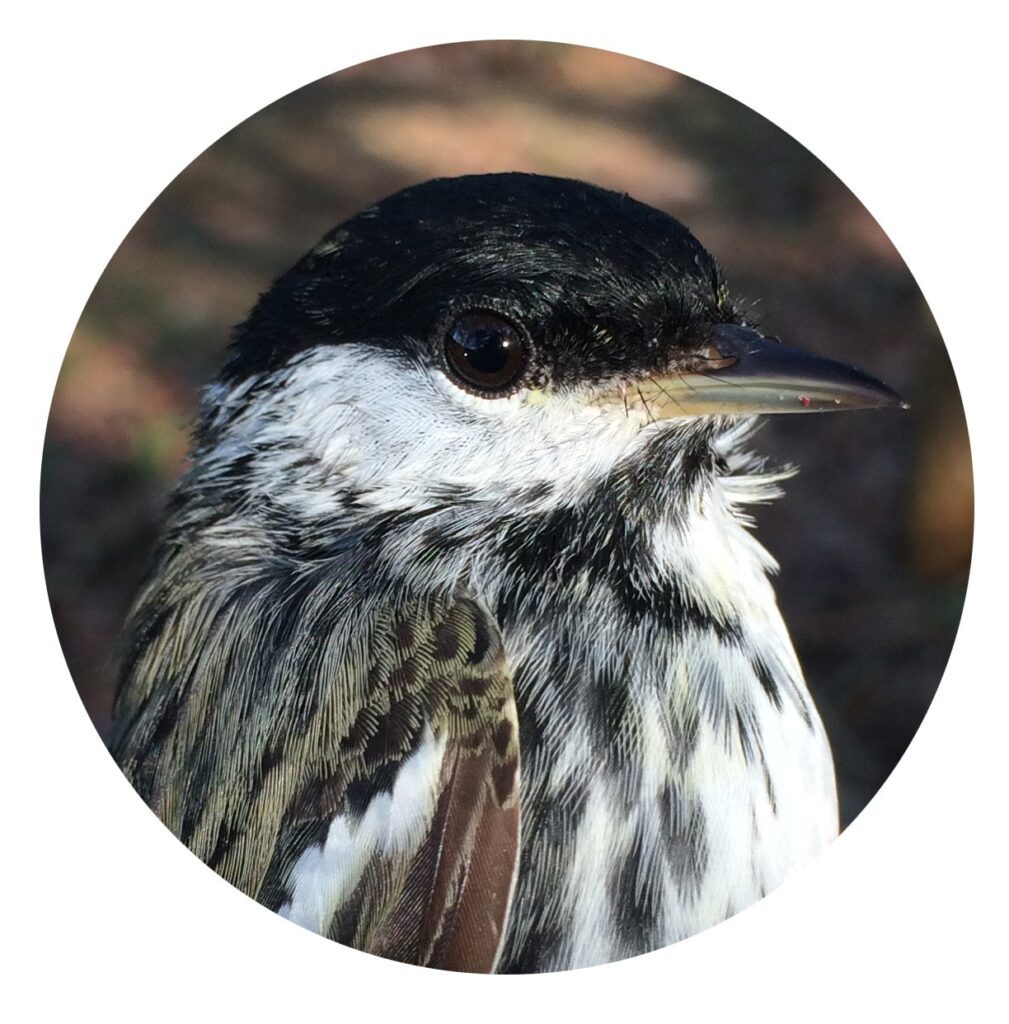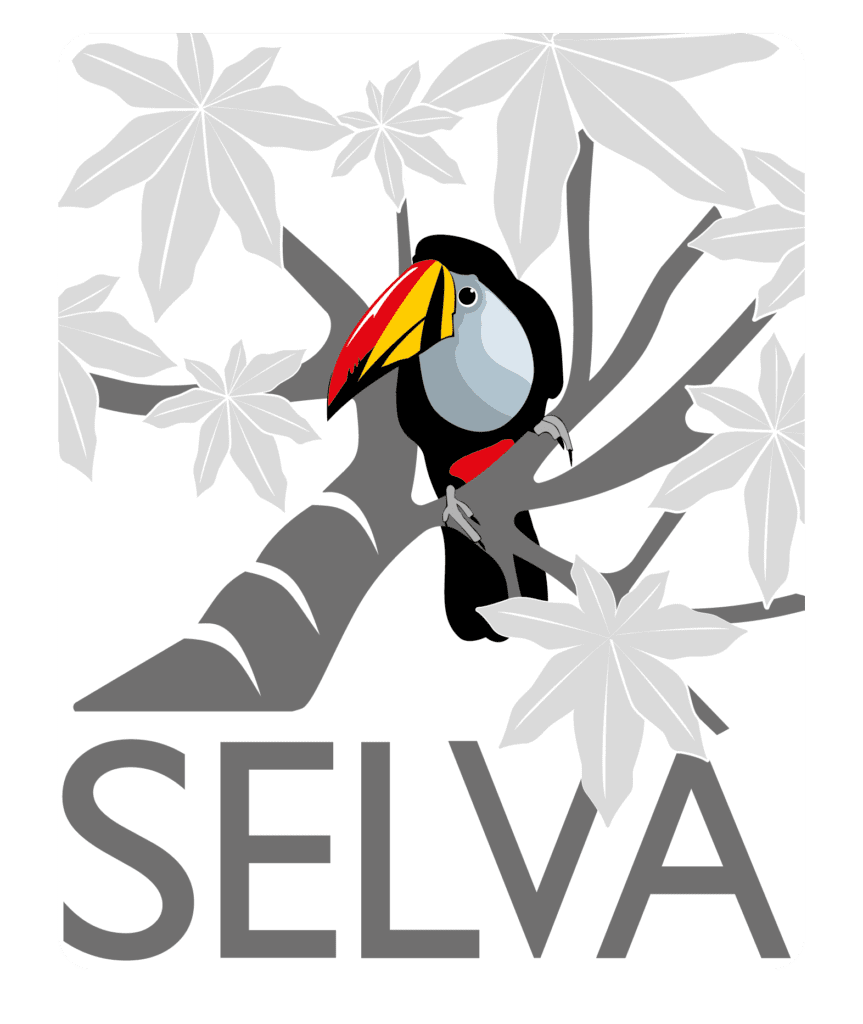
More than 50 species of migratory landbirds, whose combined populations represent nearly one billion individuals, migrate through the Neotropics to North America every year. Many of these species are in precipitous decline, with those that migrate farthest disappearing the quickest. Of all the periods of the life cycle, migration is the least understood and yet, it is when the majority of mortality occurs. It follows that the degradation of major stopover sites, where birds attain the energy to fuel migration, can lead to significant declines, threatening the viability of populations across the Western Hemisphere. Unfortunately, we are still in the dark as to where the majority of birds stop en route between North America and the Neotropics, and what they eat to fuel long-distance flights. To fill critical gaps in our knowledge of bird’s needs during migration, the Neotropical Flyways Project was born in 2016 with the goal of identifying migration routes and key stopover sites – where the energy for migration is obtained – across six countries in Central and South America.



